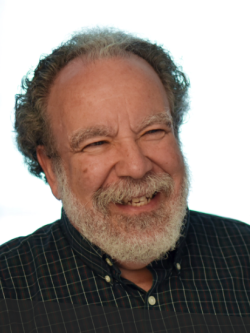Event Date/Time
Location
Maeder Hall, Room 002
Series/Event Type
The National Academies has recommended that U.S. fusion R&D now focus on a Pilot Plant that can put net electricity on the grid in the 2040s, and has even specified the desired characteristics for such a pilot plant. This has created a focus point for publicly funded research, as well as for venture-funded private companies. So what’s driving this? There is a deepening scientific understanding of fusion systems; the assembly of the international fusion experiment, ITER, is now underway; Commonwealth Fusion Systems has demonstrated very high field magnets; Inertial Confinement Fusion has gotten a shot in the arm due to results from the National Ignition Facility. Private investment in fusion is now approaching $2B. So when can we have fusion? How could it contribute to a world energy economy with plenty of solar and wind? Some of the private ventures are promising fusion electricity on the grid in the 2030s, but even so, fusion is not going to “beat out” renewables by 2050. However that is not the question; the question is as renewables grow in absolute power production and in market share, and as energy needs continue to grow, what role can low-carbon “dispatchable” energy like fusion play, and can fusion be in time to play that role?
Speaker Bio
